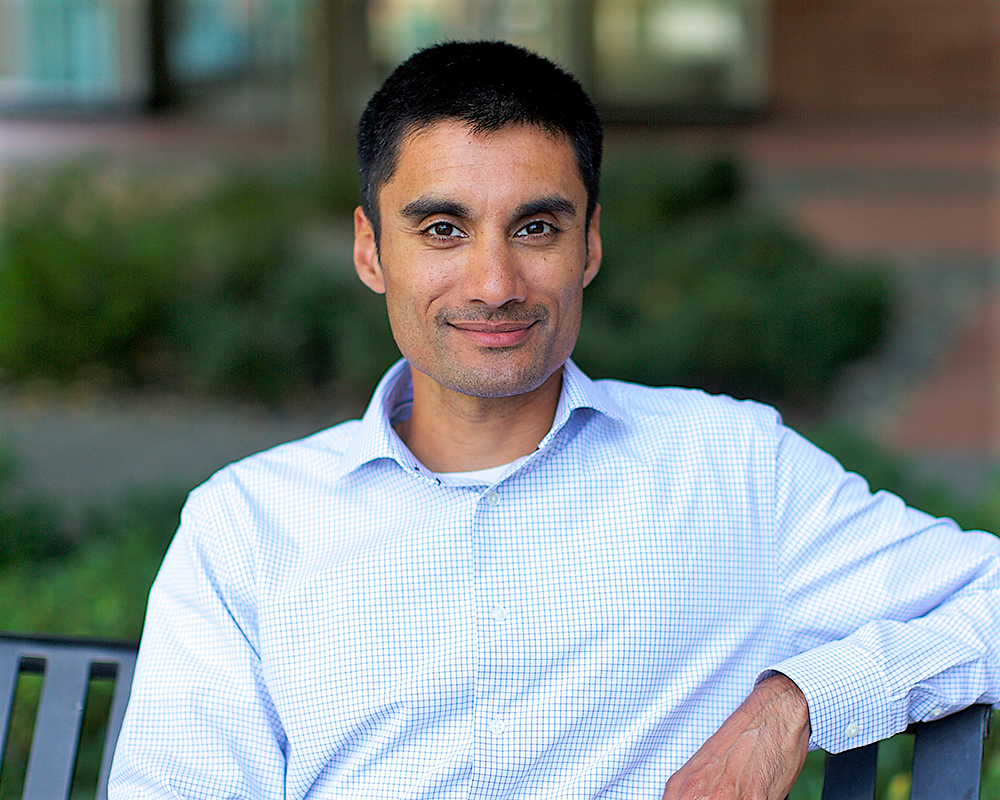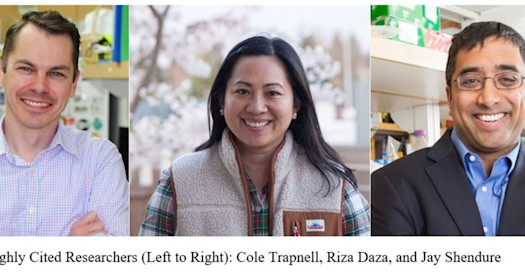
BBI Member Dr. Jay Sarthy is an assistant professor of pediatrics in the Division of Hematology, Oncology and Bone Marrow Transplantation at the University of Washington School of Medicine. Starting July 1, he will serve as investigator at the Ben Towne Center for Childhood Cancer Research, Seattle Children’s Research Institute and Affiliate Investigator, Clinical Research Division, Fred Hutch Cancer Center.
BBI: Can you tell us about your journey to medicine?
Dr. Sarthy: I did my undergraduate studies at Northwestern, studying biology and biological anthropology, and became interested in aging across cultures. I also had an interest in molecular biology and genetics. To try and merge those interests, for graduate school I chose to study telomere biology. Genes involved in telomere maintenance are involved in the normal aging process, as well as in diseases like Progeria with accelerated aging. At first, I thought I would complete a PhD and be a researcher, but I also saw an opportunity to apply the scientific method to clinical problems, and so applied to medical school. Because I liked telomere biology and molecular genetics, I wanted to work in a discipline that used those methods in clinical practice. Hematology/Oncology was a natural fit, and I found Pediatrics to be extremely rewarding.
BBI: Tell us about where your work is currently focused.
Dr. Sarthy: Almost all pediatric cancers are currently treated with anthracyclines. In medical school, we are taught that these medicines work by damaging DNA in cancer cells. Anthracyclines are one of the most effective cancer treatments ever developed. They are used in over one million patients per year. The reason they are not used even more is because they can have a terrible side effect causing catastrophic cardiotoxicity. At least 10 percent of children get severe heart failure from these treatments, and the actual number is likely higher. They are put in the terrible situation of being cured of their cancer, but then requiring a heart transplant sometime in their future.
Interestingly, BBI member Steven Henikoff’s lab, working in a fruit fly model, identified another mechanism by which these cancer medicines seem to work. They found that these drugs, in addition to causing DNA breakage, also bind the DNA and prevent histones from accessing the DNA. This led to a series of discoveries that a different anthracycline called Aclarubicin, which is used widely in Asian countries, binds DNA but does not cause the same DNA breaks as other anthracyclines. The medicine has been used since the 1980s, and is very well tolerated by patients. Importantly, it seems to not have the associated cardiotoxicity of other anthracyclines we use in the United States.
The drug is being revisited in the US because when you look at the data, it seems to kill cancer cells in pediatric patients just as well as our current therapies. If it has the same efficacy, without the associated toxicity, you can see why we would want to start using the medicine as soon as possible.
BBI: Where does the research go from here?
Dr. Sarthy: What is important to note about this work is that it is based on science carried out testing these medicines in a fruit fly model! The Henikoff lab is a basic science lab, interested in studying these medicines because of how the molecules interact with DNA. The fruit fly system has helped us understand how the drugs work and what the drug targets are. I am finishing my postdoc with the lab, and soon starting my own laboratory at Seattle Children’s Research Institute this summer. We have taken the Aclarubicin findings discovered in fruit flies by fellow Henikoff Lab post-doc Matthew Wooten, Ph.D., and queried the medicine in cancer cell lines with good efficacy. Our next steps are to test Aclarubicin in mouse models of human lymphomas and Ewing sarcoma, and some other leukemias, such as Acute Lymphoblastic Leukemia (ALL).
We’re excited because this is a classic case of translational research that has the potential to have a big impact one day on clinical care.
BBI: Congrats on starting your new lab soon! The translational science story you are telling is compelling. How do you view your role as an MD/PhD in translational science?
Dr. Sarthy: I view my work as bridging clinical problems with basic scientists by getting people together who do not necessarily know they can help each other. The fields in clinical oncology and basic science cancer research have grown quite independently complex. It can feel like the two speak different languages. I view my role, and the role of MD/PHDs in general, as finding ways to bridge the gap between the two groups.
BBI: How do you view BBI’s role in facilitating the work of more junior investigators?
Dr. Sarthy: The BBI allows newer faculty to apply for pilot project grants that have the potential for a huge impact. The pilot grants allow us to get initial data that can be leveraged to apply for more funding elsewhere. I think the mechanism is great for allowing new labs to form local collaborations to do work they otherwise might not have the money for.
BBI: What do you hope some of the work in your lab will focus on?
Dr. Sarthy: The ways in which I hope to have an impact are in understanding why certain drugs succeed in some patients and fail in others with similar cancers. Pediatric cancers are largely driven by abnormal or aberrant protein DNA interactions. Many new drugs target those interactions, but we have not had great ways to measure if the drug is doing what we think it is doing at the molecular level. In clinical trials when a drug fails, we have largely been left to assume why it did not work. The same high-throughput methods for assessing DNA interactions that made our Aclarubicin work possible have the potential to be more widely applied. The methods will allow us to more clearly see at the genetic and epigenetic level what is happening when a drug does or does not work for a particular patient or particular cancer.
Check back in soon for more chats with BBI members from our partner institutions. Get an inside view into their work and where they think the field of precision medicine is heading.


